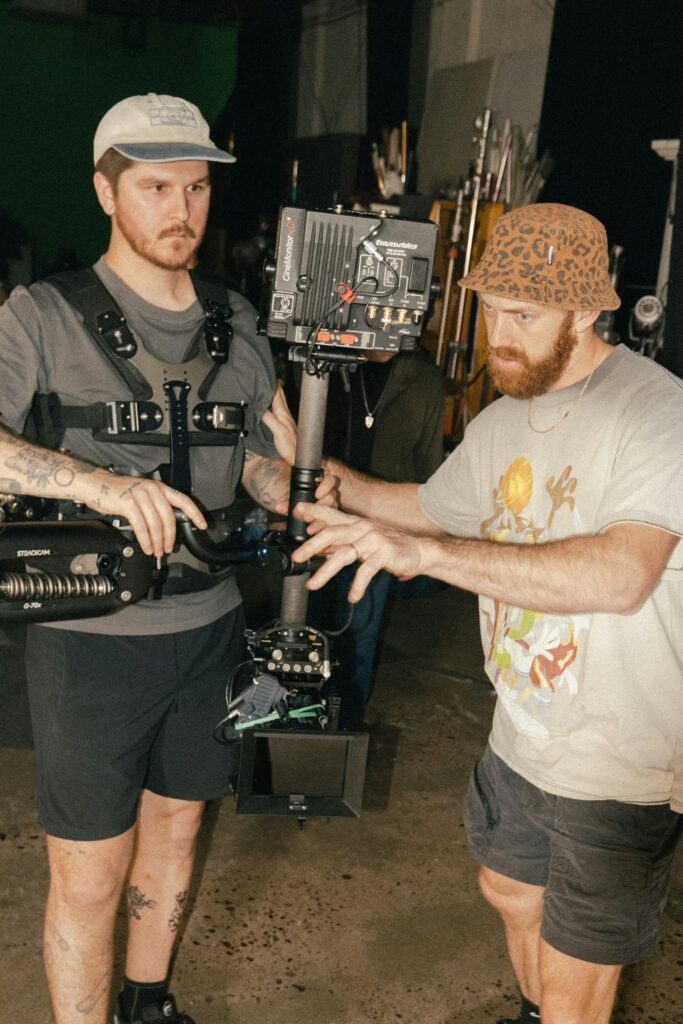Advice
How to Create Emotion in Film
Emotions are the foundation of the human experience. They shape our decisions, color our memories, and drive our relationships. In cinema, emotions are not just an added layer—they are the very heart of storytelling. If a film leaves its audience unmoved, it is often deemed a failure. Understanding how emotions work, both psychologically and cinematically, reveals the secrets behind films that truly resonate.

The Psychology of Emotion
Where Do Emotions Come From?
Modern psychology has long sought to answer two central questions about emotion:
- Where do emotions originate?
- How can they be categorized?
For filmmakers, the origin of emotion is especially relevant. Evolutionary psychologists argue that basic emotions are products of natural selection, serving crucial roles in survival by aiding decision-making, motivation, socialization, and memory.
Components of Emotion
Psychologist Klaus Scherer identifies five components of emotion:
- Cognitive Appraisal: The brain’s identification of an emotion.
- Bodily Symptoms: Physical manifestations, like a racing heart.
- Action Tendencies: How we are motivated to respond.
- Expression: Outward signs, such as facial expressions or gestures.
- Feelings: The subjective experience of the emotion.
Theories of Emotional Experience
- James-Lange Theory: Early theorists William James and Carl Lange posited that emotions are the result of physiological reactions. For example, “I’m sweaty, so I must be nervous.”
- Cognitive Appraisal Theory: Richard Lazarus later argued that thought comes first. We appraise a situation, then experience both physiological and emotional reactions. One person might see a rat and feel fear; another might see the same rat and feel joy.
How to Create Emotion in Film
1. Write Emotion into the Script
- Script as the Heart: The emotional impact of a film begins with its script. Audiences must care about the story and its characters; when characters feel, viewers feel.
- Recontextualized Repetition: Repeating lines, objects, or motifs in new contexts gives them deeper meaning (e.g., the shoes in Jojo Rabbit or the song “Remember Me” in Coco).
- Dialogue: Well-crafted dialogue can move through a spectrum of emotions, as seen in the monologue from Steel Magnolias, which shifts from sadness to rage.
Example: “Toy Story 2” Flashback
Jessie’s flashback uses dialogue, repetition, and context to build a powerful emotional arc, culminating in the line: “You never forget kids like Emily or Andy. But they forget you.”
2. Use Visual Storytelling to Evoke Feeling
- Lighting: Sets the mood—low-key lighting creates tension (Alien), while bright light evokes relief (The Lord of the Rings).
- Camera Angles and Movement: High angles can convey guilt (Manchester by the Sea), close-ups foster intimacy (Interstellar), and wide shots can evoke grandeur or loneliness (La La Land).
- Color: Red can induce unease; cool tones suggest melancholy.
- Framing: Focusing on faces or omitting them (as with Emily in Toy Story 2) centers the audience on the emotional experience.
- Camera Movement: Moving toward a character can create empathy; pulling away can evoke isolation.
3. Hone Emotion in Post-Production
- Editing: The rhythm of cuts and transitions can heighten or prolong emotion. Dissolves can evoke memory and nostalgia; hard cuts can underscore abrupt loss.
- Music: Perhaps the most potent emotional tool, music can make us cry, thrill us, or terrify us. The song “When She Loved Me” in Toy Story 2 is a prime example.
- Sound Design: Beyond music, sound effects can amplify tension or anxiety (e.g., the fry cracker in Boogie Nights).
Table: Filmmaking Techniques for Evoking Emotion
| Technique | Example Film/Scene | Emotional Effect |
|---|---|---|
| Recontextualized Repetition | Jojo Rabbit (Rosie’s shoes) | Heightens heartbreak |
| Dialogue | Steel Magnolias (monologue) | Shifts through grief and rage |
| Lighting | Alien (low-key), LOTR (bright) | Fear, relief |
| Camera Angles | Manchester by the Sea (high angle) | Guilt, empathy |
| Color | Toy Story 2 (golden to muted) | Nostalgia, melancholy |
| Editing | Eternal Sunshine (intercutting) | Nostalgia, longing |
| Music | Toy Story 2 (“When She Loved Me”) | Sadness, loss |
| Sound Design | Boogie Nights (crackers) | Anxiety, tension |
Conclusion
No two movies are alike, but the best films share a common goal: to move us. Whether through writing, visuals, editing, or sound, filmmakers draw on the science of emotion to craft experiences that linger long after the credits roll. Great films make us feel—sometimes joy, sometimes sorrow, but always something real.